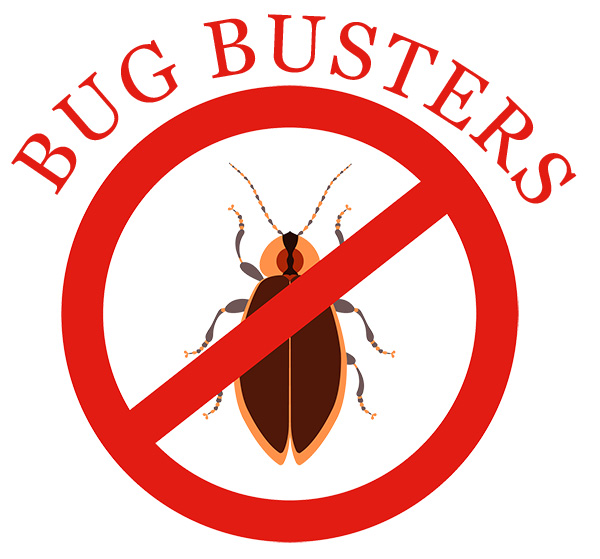Subterranean termites can cause more damage than any other species of termite. They build distinctive tunnels (often referred to as “mud tubes”) that they use to find sources of food while protecting themselves from open air. They use their saw-toothed jaws to bite off small pieces of wood that they use for food. If they’re given enough time, they can cause serious damage to a structure. Sometimes, they can cause a total collapse. Subterranean termites can be a threat to homeowners all over the country, because they can be found in every state in the US (except Alaska).

Types of Subterranean Termites
Subterranean termites have three distinct types (called “castes”) with their own physical attributes:
- Reproductives — Includes the king, queen, and the alates. This group is critical to the colony’s growth. The queen is the largest termite in the colony, while the king is much smaller. Alates (also called “swarmers”) have long, dark brown to almost black bodies as well as translucent and slightly milky-colored wings. Their bodies are 1/4 to 1/2 inches long, and their wings may have a few hairs that are barely visible.
- Workers — They’re about 1/4 of an inch or less in length and have cream-colored bodies. Their jaws are small, which helps them to chew wood and move other materials they may need.
- Soldiers — Their most distinctive feature is their large mandibles. They also have rectangular-shaped heads, with bodies that are flat and wide. While their bodies are a typically a creamy-white color (which is similar to workers), their heads are darker and more brownish in color.
Be sure to speak to a professional for more information about the different types of subterranean termites.
Signs You Have Subterranean Termites in Your Home
You can find subterranean termites in both the interior and exterior of your home, and there are several signs that you have an infestation. One of them is the presence of mud tubes along your home’s exterior, which look like tunnels made of wood and soil. They use them to keep themselves from drying out when they move from one place to another.
Other signs of an infestation of subterranean termites may include:
- Soft wood in your home that sounds hollow when it’s tapped.
- Darkening or blistering of wood structures.
- Uneven or bubbling paint.
- Small piles of feces that look like sawdust near a termite nest.
Seeing discarded wings near your doors or windowsills may be an indication of swarmers that have entered and infested your home.
Preventing and Controlling an Infestation of Subterranean Termites
The best way to control subterranean termites is to keep them from getting into your home. Keep water from accumulating near your foundation, because they’re attracted to moisture. You can keep water away by making sure your downspouts, gutters, and splash blocks are working properly. Take measures to reduce humidity in crawlspaces by adding proper ventilation, and never bury wood scraps or waste lumber in your yard. Make sure cracks and crevices in your home’s foundation are sealed because it will keep them out, and make sure you maintain a one-inch gap between the soil and the wood portion of your home.
Subterranean termites are a destructive pest that can’t be eradicated with DIY methods. If you have an infestation in your home, you’ll need to seek the help of a professional. And if you’re looking for one of the best places for pest control in Corpus Christi, Bug Busters Pest Control has a team of experts that can help. Feel free to get in touch with us, so you can find out why we’re one of the best choices for Corpus Christi pest control.

